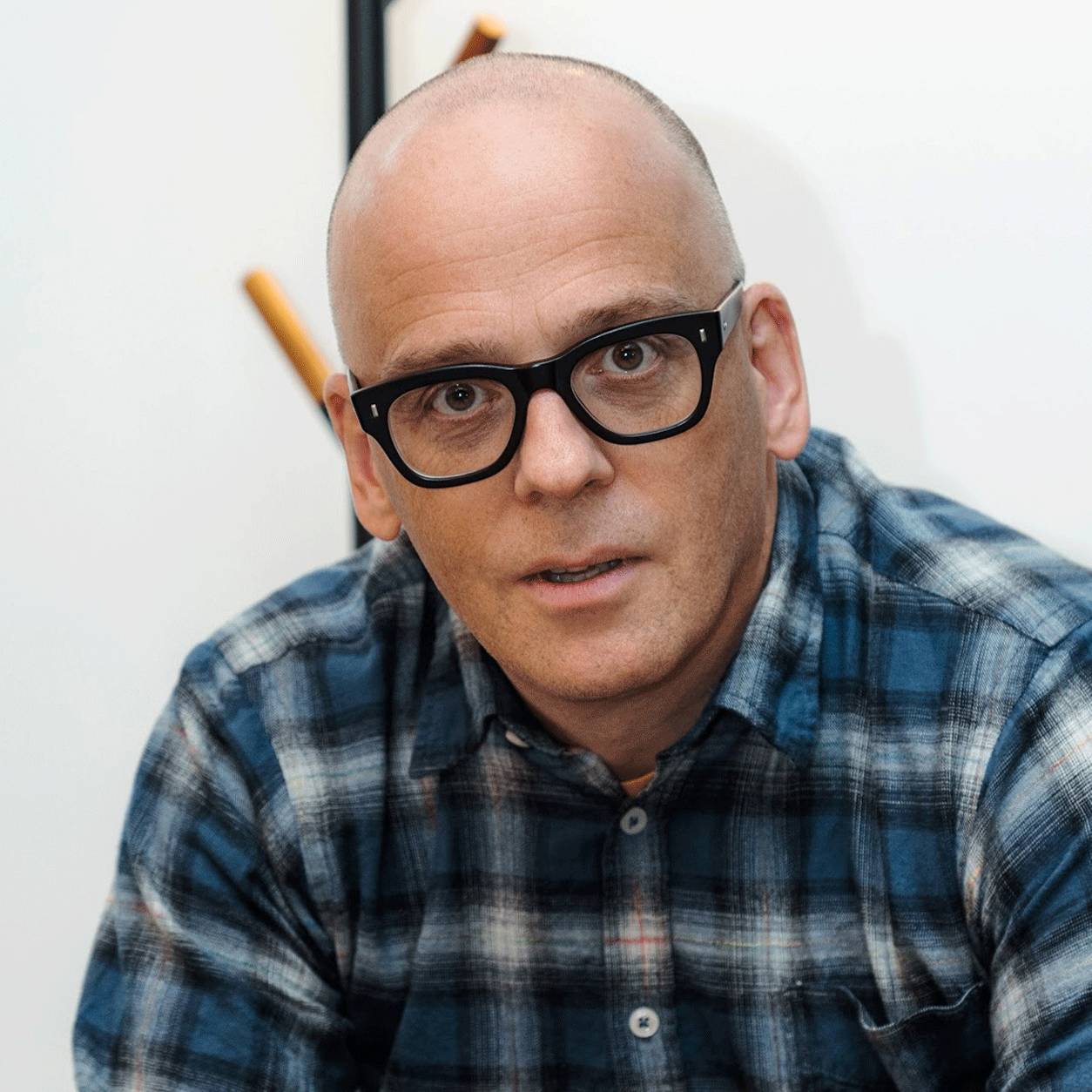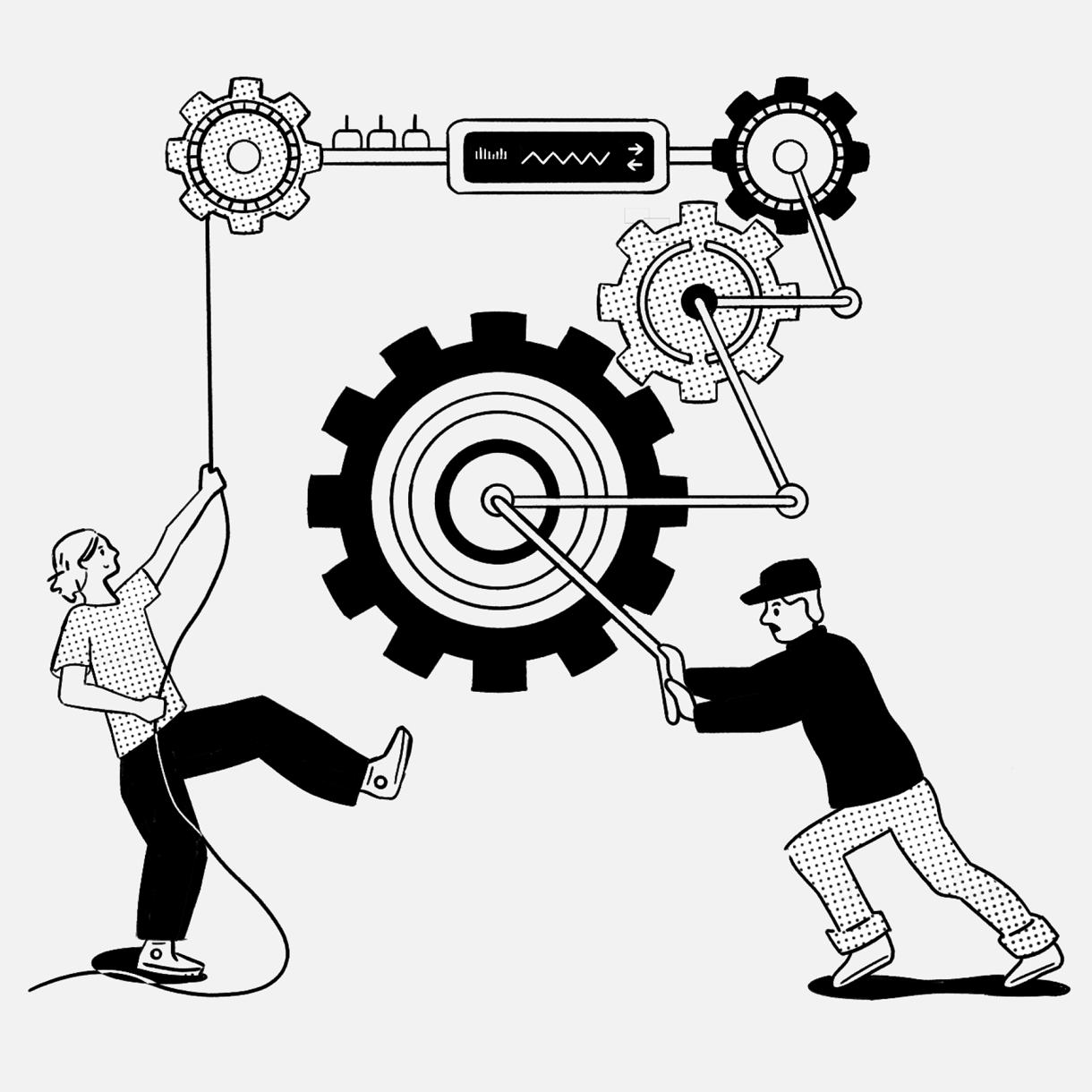Why product design is critical to modern software delivery
08 October 2024
User experience and design are crucial to helping products succeed. However, compared to engineering, design is often seen as an added cost, one that needs constant justification. Surely design is just a phase, one-and-done, and our limited budget is better spent elsewhere?
But why do we continue to undervalue or, at best, underestimate the effort required to craft winning user experiences? And what does this mean for building new products or modernising legacy applications?

User experience (UX) is far from a new term but despite being central to how software is built today, it has only become mainstream relatively recently, over the past 10-15 years. Prior to the advent of the web, user interface design was largely left in the hands of the developers who were less concerned about conversion rates or happy users, and more focused on the mechanics of wiring input with business logic.
When ‘the web’ happened, everything changed. Website design came to the fore and with it, a heightened awareness of the importance of good design and engagement. However, it was still some years before user experience really came to the fore, largely driven by the increased use of website analytics and a better understanding of user behaviours.
We never needed design in the past, so why start now?
In the early days of the web, it was hard to sell design. It was viewed as a one-and-done activity at the start of a project. Typically, your designer would produce some rough, high-level screenshots of an application's look and feel and the developers were then left to get on with the necessary extrapolation. They had been doing it for years anyway, so why change now?
Things were not helped by a general conflation of all things design. Design in all its forms (graphic, website, product, brand) got jumbled into the same creative bucket. This general lack of appreciation of what design is and isn’t has undoubtedly fuelled how decision-makers value and perceive design.
From design to design engineering
Modern product design requires designers to think systematically about their designs; to stay on top of the detail, and to listen to and respond to user feedback. Product designers will constantly flit between varying levels of abstraction, addressing the needs of users one minute and their fellow developers the next, all whilst ensuring their outputs remain coherent, consistent and easy to work with. Product design is as much an exercise in managing complexity and fighting entropy as it is about problem-solving.
Sound familiar?
The loudest voices
The skill and expertise required to build exceptional user experiences is on par with software development. And yet, design continues to struggle to have relevance in the eyes of many decision-makers. But is this hardly surprising when so many of our decision-makers come from an engineering background?
When the loudest voices in the room understand the scale of an engineering challenge but not the skills required to create outstanding user experiences, one of the first things to be squeezed from an already constrained budget will be design.
The user interface is the software
Today, category-defining applications lead with user experience. Why? Because for most users, the user interface is the software. And while the stuff behind the curtain is critical (and undoubtedly impacts the user’s overall experience), the winning applications of tomorrow will be an absolute breeze to use. But crafting winning experiences is not a one-and-done - it takes time, research and investment. This is true whether you are building new products or modernising existing applications.
Design as a productivity enabler
However, creating great user experiences is not the only reason why design matters. Design also plays a crucial role in greasing the wheels of delivery, enabling a better flow of work through your system of work and enabling better quality work.
When properly embedded into your delivery process, design not only removes workloads from engineers that they are ill-equipped to handle, it also helps feed the engineering team with the work they should be doing. By having specialists focused on the needs of the user and reifying those needs in design, the flow of work through your delivery process will be of higher quality and faster.
Developers are not designers
It almost seems too obvious to say this, but engineers are not user interface designers, so don’t ask them to be. Design and engineering are discrete, highly skilled roles, and both play an incredibly valuable part in delivering brilliant products. Only one of them should be fretting about the size of a font or the colour of a button.
Still, whilst discrete, design and engineering must never become siloed. They need to function as a single team, collaborating constantly, keeping each other honest, and creating a system of design and code that is coherent and consistent.
The payback
Design might feel like an additional cost but it will pay back ten-fold in the long run. Great design helps win the hearts and minds of your users and great design engineering helps improve the efficacy and speed of your overall delivery.
Remember, to your users, the interface is your product. By prioritising design, you're investing in user satisfaction and your company's future. Better design leads to better products, happier users, and a stronger bottom line.

Tara Simpson
Founder / CTO
